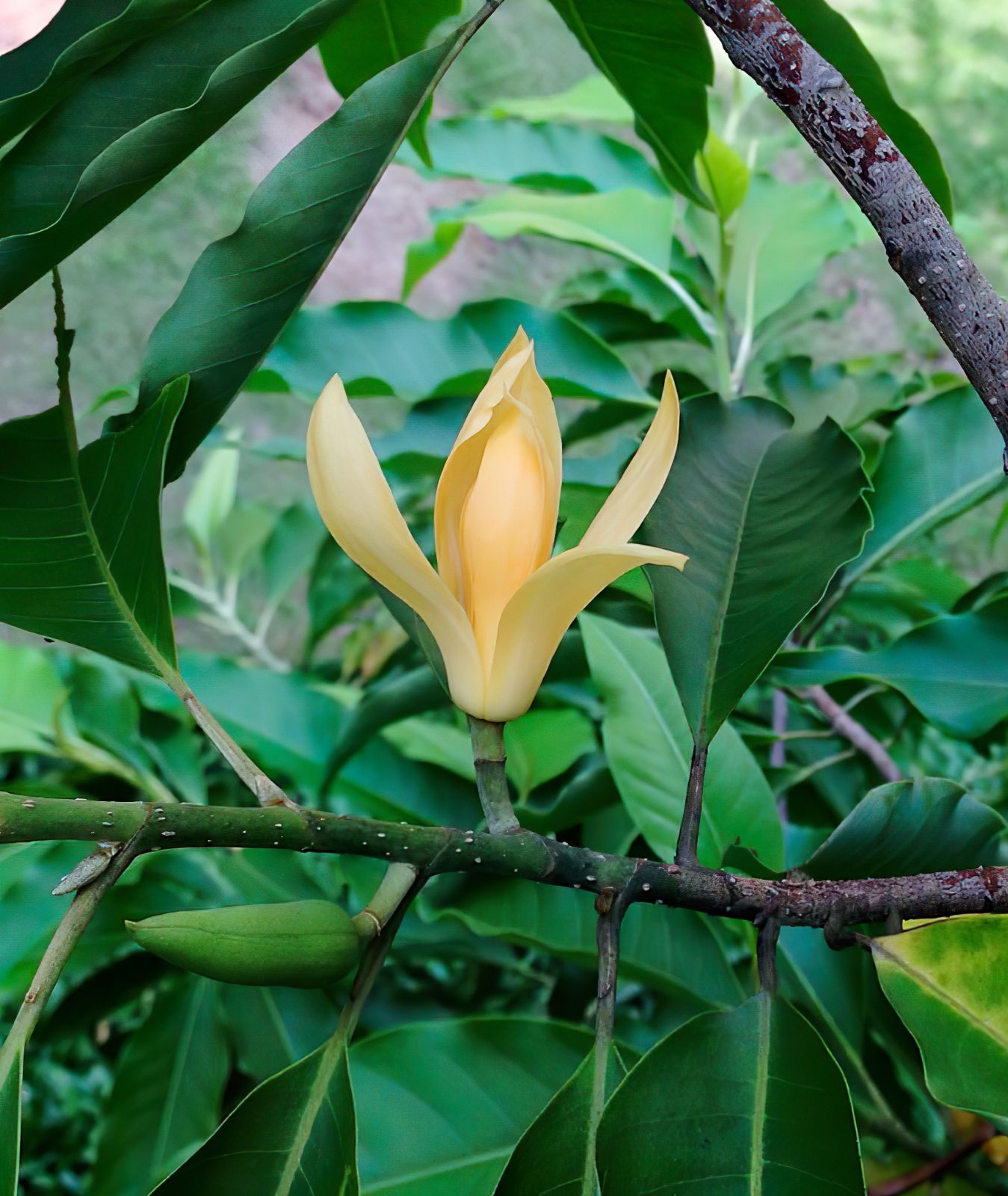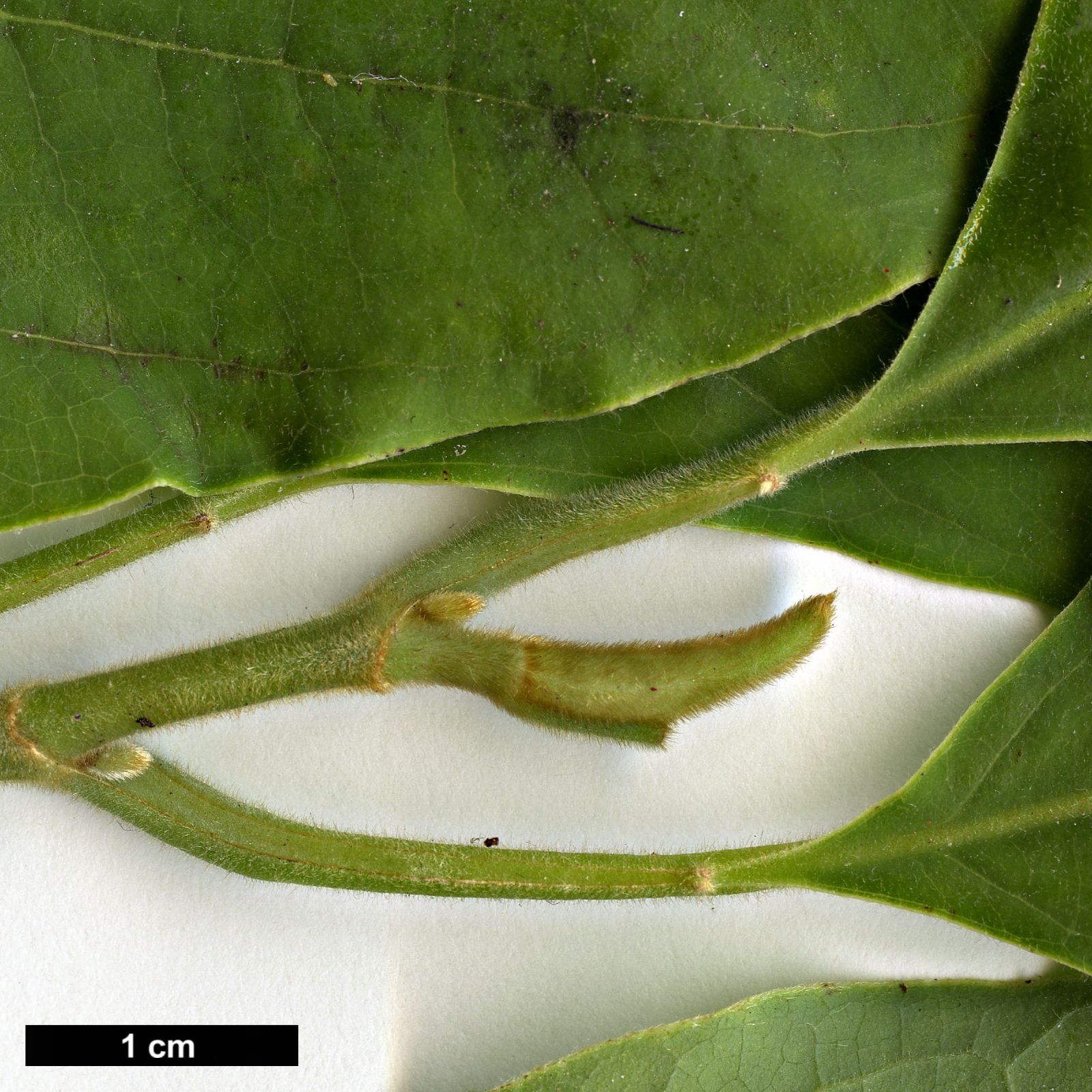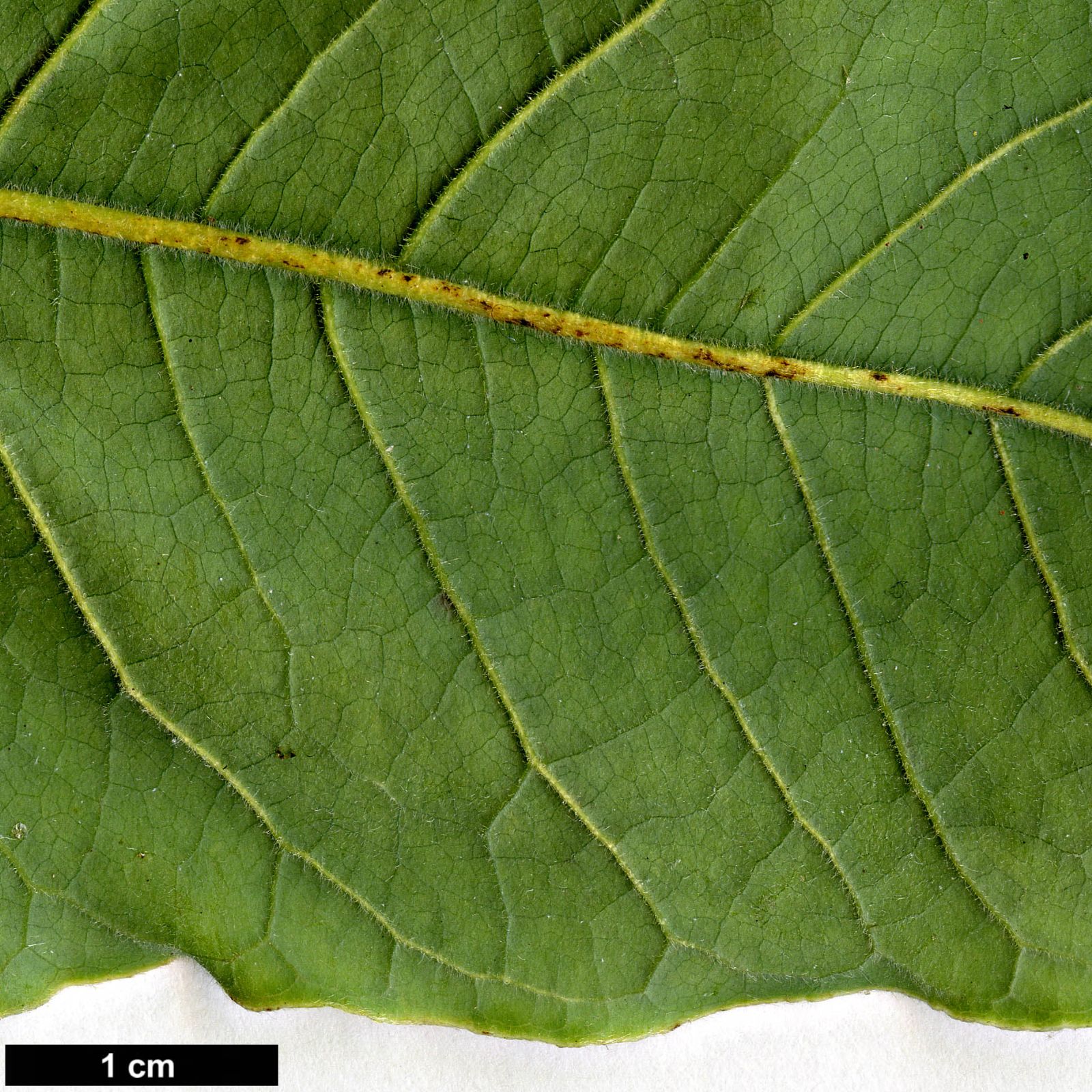Magnolia champaca
Sponsor
Kindly sponsored by
The Roy Overland Charitable Trust

Credits
Julian Sutton (2022)
Recommended citation
Sutton, J. (2022), 'Magnolia champaca' from the website Trees and Shrubs Online (treesandshrubsonline.
Other taxa in genus
- Magnolia acuminata
- Magnolia × alba
- Magnolia amabilis
- Magnolia amoena
- Magnolia aromatica
- Magnolia biondii
- Magnolia × brooklynensis
- Magnolia campbellii
- Magnolia cathcartii
- Magnolia cavaleriei
- Magnolia caveana
- Magnolia changhungtana
- Magnolia chapensis
- Magnolia compressa
- Magnolia conifera
- Magnolia Cultivars A
- Magnolia Cultivars B
- Magnolia Cultivars C
- Magnolia Cultivars D
- Magnolia Cultivars E
- Magnolia Cultivars F
- Magnolia Cultivars G
- Magnolia Cultivars H–I
- Magnolia Cultivars J
- Magnolia Cultivars K
- Magnolia Cultivars L
- Magnolia Cultivars M
- Magnolia Cultivars N–O
- Magnolia Cultivars P
- Magnolia Cultivars Q–R
- Magnolia Cultivars S
- Magnolia Cultivars T
- Magnolia Cultivars U–V
- Magnolia Cultivars W–Z
- Magnolia cylindrica
- Magnolia dandyi
- Magnolia dawsoniana
- Magnolia de Vos and Kosar hybrids
- Magnolia decidua
- Magnolia delavayi
- Magnolia denudata
- Magnolia doltsopa
- Magnolia duclouxii
- Magnolia ernestii
- Magnolia figo
- Magnolia floribunda
- Magnolia × foggii
- Magnolia fordiana
- Magnolia foveolata
- Magnolia fraseri
- Magnolia fulva
- Magnolia globosa
- Magnolia × gotoburgensis
- Magnolia grandiflora
- Magnolia grandis
- Magnolia Gresham hybrids
- Magnolia guangdongensis
- Magnolia hookeri
- Magnolia insignis
- Magnolia Jury hybrids
- Magnolia × kewensis
- Magnolia kobus
- Magnolia kwangtungensis
- Magnolia laevifolia
- Magnolia lanuginosa
- Magnolia leveilleana
- Magnolia liliiflora
- Magnolia × loebneri
- Magnolia lotungensis
- Magnolia macclurei
- Magnolia macrophylla
- Magnolia martini
- Magnolia maudiae
- Magnolia nitida
- Magnolia obovata
- Magnolia officinalis
- Magnolia opipara
- Magnolia × proctoriana
- Magnolia × pruhoniciana
- Magnolia rostrata
- Magnolia salicifolia
- Magnolia sapaensis
- Magnolia sargentiana
- Magnolia sieboldii
- Magnolia sinensis
- Magnolia sinica
- Magnolia sinostellata
- Magnolia × soulangeana
- Magnolia sprengeri
- Magnolia stellata
- Magnolia tamaulipana
- Magnolia × thomsoniana
- Magnolia tripetala
- Magnolia × veitchii
- Magnolia virginiana
- Magnolia × wieseneri
- Magnolia wilsonii
- Magnolia xinganensis
- Magnolia yunnanensis
- Magnolia yuyuanensis
- Magnolia zenii
Tree to 40 m, 1 m dbh. Branchlets greyish brown with clear or pale yellow appressed or erect hairs. Leaves evergreen, thin and leathery, 8–23(–34) × 3.4–9(–12) cm, ovate to oblong or lanceolate, upper surface glabrous, lower surface pubescent, 11–22 secondary veins on each side of the midrib, margins entire, apex acute to long-acuminate; petiole 2–3.5 cm long and pubescent; stipules adnate to the petiole for over half of its length, densely pubescent. Flowers on axillary shoots, ivory to yellow or orange and very fragrant, subtended by three to four bracts, brachyblast slender, 0.7–1.2 cm long and tomentose; tepals 12–15(–21), the outer four to six tepals narrowly obovate or linear to spathulate and 2–4 × 0.7–0.9 cm, the inner tepals gradually smaller; stamens yellow-orange; gynoecium stipitate with ~30 carpels, tomentose. Fruits 2–15 cm long; ripe carpels ovoid to ellipsoid and densely lenticellate, 1–2 cm long and without a beak. Flowering May to July, fruiting September to October (China). Diploid 2n=38. (Chen & Nooteboom 1993; Liu et al. 2004; Xia, Liu & Nooteboom 2008).
Distribution Bangladesh Myanmar Cambodia China S Xizang, S & SW Yunnan India Indonesia Laos Malaysia Nepal Thailand Vietnam
Habitat Forest, 200–1600 m.
USDA Hardiness Zone 10-11
RHS Hardiness Rating H2
Conservation status Least concern (LC)
Champak is a canopy tree of tropical and subtropical forests across a swathe of south and east Asia. It is prized in Asia for its highly fragrant, yellow to orange flowers, from which an essential oil used in perfume is extracted. We briefly mention this tender tree only because (along with its white flowered hybrid M. × alba) it is grown at the margin of our North American area as a street and yard tree in the San Francisco Bay Area of California, where it has followed immigrants from Asia on account of its cultural significance (Ritter 2012). However, it must be emphasized that this is a cold-sensitive tree: even on America’s Pacific seaboard –2 °C is sufficient to damage the plants (Hogan 2008). While the temptation is strong to plant out this relatively easily available species in colder areas, success seems most improbable.
Added April 2024 by John Grimshaw:
It is perhaps worth recounting a little now rather ancient history here, in the form of this excerpt from New Trees (Grimshaw & Bayton 2009)
“During the New Trees workshop in January 2007 Carol Gurney, then Chairman of the International Dendrology Society, produced from his pocket a small bottle he had obtained in Myanmar into which a number of flowers of Magnolia champaca had been packed, then preserved in liquid, which had taken on their orange colouring. With some difficulty the stopper was extracted and we had the pleasure of experiencing in the chilly Cotswolds something of the fabulous tropical fragrance of this tree.”





